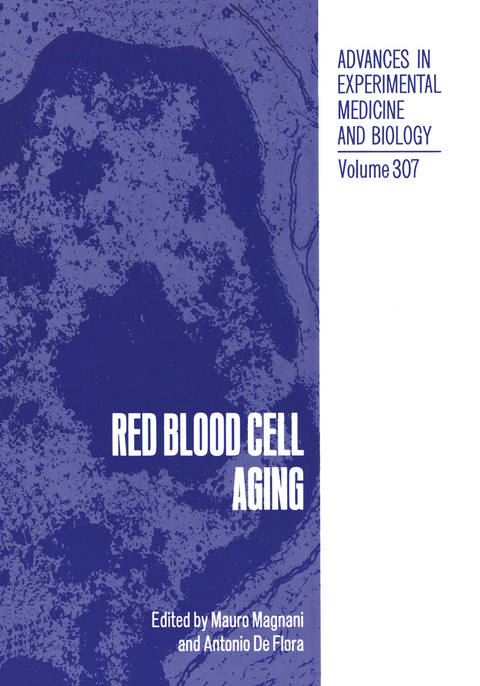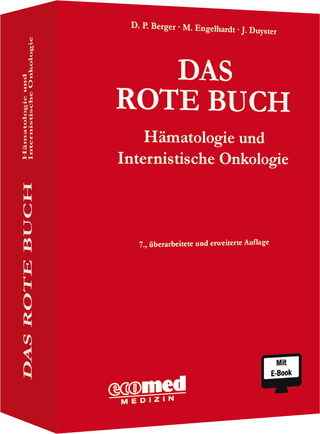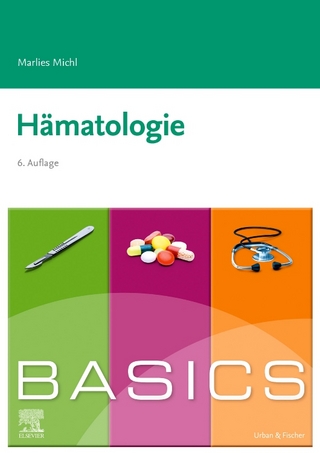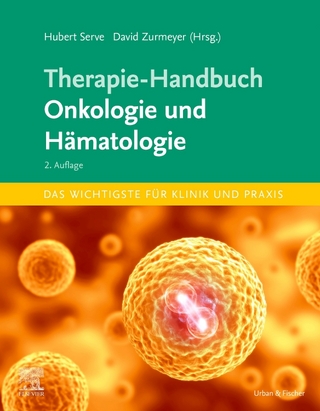
Red Blood Cell Aging
Springer-Verlag New York Inc.
978-1-4684-5987-6 (ISBN)
Reticulocyte Maturation.- Synthesis of the Transferrin Receptor in Peripheral Sheep Reticulocytes: Evidence for Incomplete Oligosaccharide Processing.- The Loss of Enzyme Activity from Erythroid Cells During Maturation.- Role and Mechanism of Hexokinase Decay During Reticulocyte Maturation and Cell Aging.- Behaviour of Glucose-6-Phosphate Dehydrogenase During Erythroid Maturation.- Membranes.- KCl Cotransport in HbAA and HbSS Red Cells: Activation by Intracellular Acidity and Disappearance During Maturation.- Conformational Changes and Oxidation of Membrane Proteins in Senescent Human Erythrocytes.- Selective Binding of Met-Hemoglobin to Erythrocytic Membrane: A Possible Involvement in Red Blood Cell Aging.- Diabetes Mellitus and Red Blood Cell Aging: A Structural and Functional Study.- Metabolism.- Characterization of Senescent Red Cells from the Rabbit.- The Mechanism of Enzyme Decline in the Red Blood Cell During the “In Vivo” Aging Process.- The Relationship Between the Blood Oxygen Transport and the Human Red Cell Aging Process.- Red Cell Metabolism, Normal and Abnormal Implications for Red Cell Aging.- Significance and Relevance of NAD Synthesis in Human Erythrocyte Life Span.- Protein Modifications.- Hypotheses on the Physiological Role of Enzymatic Protein Methyl Esterification Using Human Erythrocytes as a Model System.- Heterogeneity of Guanine Nucleotide Binding Proteins in Human Red Blood Cell Membranes.- Role of Hemoglobin Denaturation and Band 3 Clustering in Initiating Red Cell Removal.- A Potential, Intracellular Trigger for Removal of Senescent Erythrocyte: Hemoglobin with Methionine Beta (55)D6 Oxidized to the Sulfoxide Derivative.- Ubiquitin-Mediated Processes in Erythroid Cell Maturation.- Acylphosphatase and Calcium Transport Across ErythrocyteMembrane.- Free Radicals Promote “In Vitro” a Different Intracellular Decay of Rabbit Reticulocyte and Erythrocyte Glycolytic Enzymes.- Enzymology.- Clinical Utility of Fractionating Erythrocytes into “Percoll” Density Gradients.- The Role of Red Cell Aging in the Diagnosis of Glycolytic Enzyme Defects.- Molecular Characterization of Plasma Membrane Calcium Pump Isoforms.- Human Erythrocyte D-Aspartyl/L-Isoaspartyl Methyltransferases: Enzymes that Recognize Age-Damaged Proteins.- The Isoenzymes of Mammalian Hexokinase: Tissue Specificity and In Vivo Decline.- Phagocytosis of Phenylhydrazine Oxidized and G-6-PD deficient Red Blood Cells: The Role of Sugars and Cell-Bound Immunoglobulins.- The Senescent Red Cell and its Removal.- Molecular Mapping of the Active Site of an Aging Antigen.- Recognition Signals for Phagocytic Removal of Favic Malaria-Infected and Sickled Erythrocytes.- Inhibition by Carbohydrates and Monoclonal Anticomplement Receptor Type 1, on Interactions between Senescent Human Red Blood Cells and Monocytic Macrophagic Cells.- In Vitro Sequestration of Erythrocytes from Hosts of Various Ages.- A New Monoclonal Antibody to an Age Sensitive Band 3 Transmembrane Segment.- Characterization of Antibody that Binds in Vivo to Normal Human Red Blood cells.- Opsonic Potential of C3b-Anti-Band 3 Complexes When Generated on Senescent and Oxidatively Stressed Red Cells or in Fluid Phase.- Contributors.
| Reihe/Serie | Advances in Experimental Medicine and Biology ; 307 |
|---|---|
| Zusatzinfo | 400 p. |
| Verlagsort | New York, NY |
| Sprache | englisch |
| Maße | 178 x 254 mm |
| Themenwelt | Sachbuch/Ratgeber ► Natur / Technik ► Naturführer |
| Medizinische Fachgebiete ► Innere Medizin ► Hämatologie | |
| Naturwissenschaften ► Biologie ► Biochemie | |
| Naturwissenschaften ► Biologie ► Botanik | |
| Naturwissenschaften ► Biologie ► Zoologie | |
| ISBN-10 | 1-4684-5987-2 / 1468459872 |
| ISBN-13 | 978-1-4684-5987-6 / 9781468459876 |
| Zustand | Neuware |
| Haben Sie eine Frage zum Produkt? |
aus dem Bereich


